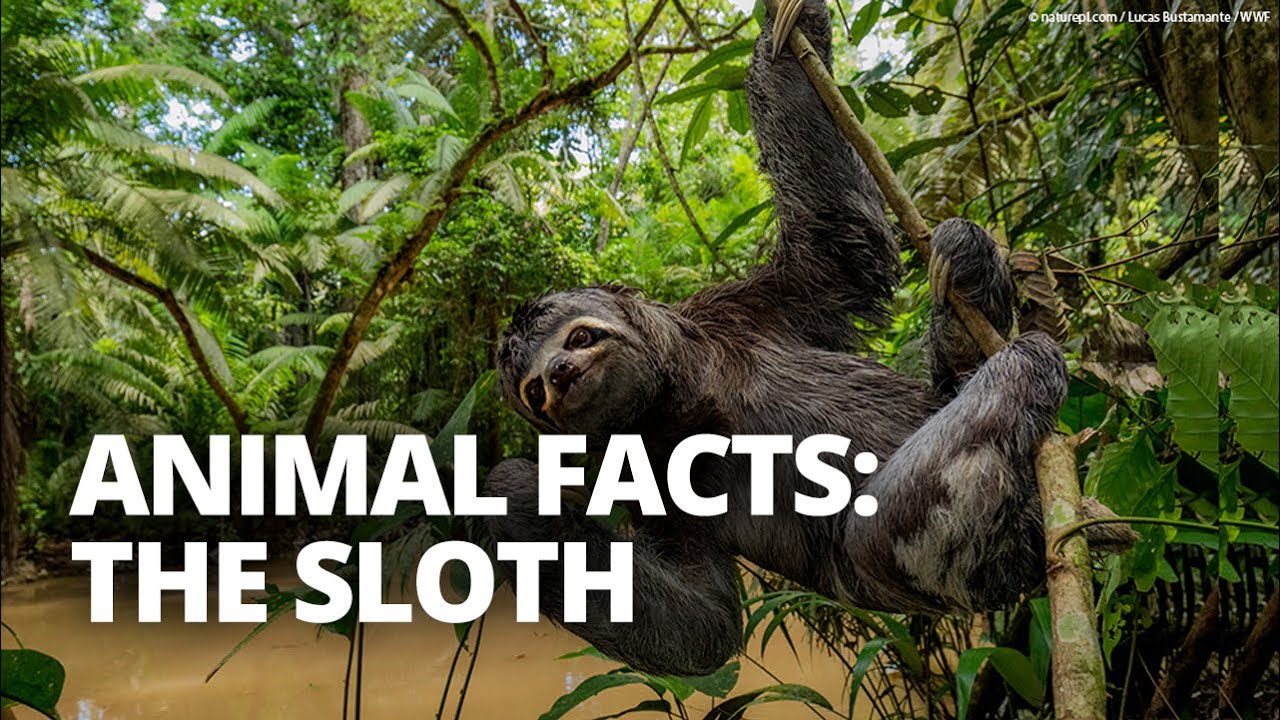– Why sloths are slow: An examination of their metabolism and evolutionary adaptations
– The physiology of sloth muscles: A look at the unique muscle composition that dictates their movement
– Sloths and their diet: How their food intake impacts their energy levels
– The role of sloths in their ecosystem: Understanding their ecological contribution
– Conservation efforts for sloth populations: Current status and future initiatives
Sloths, often celebrated for their leisurely pace in life, have piqued the interest of many due to their slow-moving nature. This characteristic, deeply ingrained in their very essence, is a product of their metabolic rates and evolutionary adaptations. Sloths possess a remarkably low metabolic rate, which is less than half that of another mammal their size. This slow metabolism benefits a creature on a diet primarily composed of leaves, which are low in nutrients and difficult to digest. The evolutionary journey of sloths has favored energy conservation, enabling them to thrive in their specific niche despite their limited dietary choices.
Diving deeper into the physiology that defines these creatures, sloths have a distinctly different muscle composition from other mammals. Their muscles have fewer fast-twitch fibers, responsible for quick, sudden movements, and a higher composition of slow-twitch fibers. These slow-twitch fibers are more efficient at using oxygen to generate more sustained power, allowing sloths to maintain their characteristic slow and deliberate movements without expending much energy. This muscle composition is perfectly suited for their lifestyle, primarily spent hanging from tree branches in the tropical forests of Central and South America.
Sloths’ dietary habits closely align with their low energy output. They feed on leaves, buds, and twigs, a diet that is difficult to digest and relatively low in calories. This food source requires a specialized digestive system to break down the tough cellulose in their leafy meals. Slow digestion is a key factor in the sloth’s sedentary lifestyle. The energy gained from their diet barely meets their metabolic needs, discouraging any unnecessary expenditure of energy and thus contributing to their overall slowness.
Sloths play a crucial role in their ecosystem, a key component of tropical forest dynamics. Their slow movement and diet contribute to seed dispersal, aiding in the growth and spread of forest vegetation. Moreover, sloths’ fur provides a habitat for various organisms, including algae, insects, and fungi, creating a small ecosystem. This symbiotic relationship benefits the other organisms and provides camouflage for sloths, blending them into the green canopy of the forest.
Conservation efforts for sloths have become increasingly important as their habitats face continuous threats from deforestation, urbanization, and climate change. Preservation of their natural habitats is crucial for sustaining sloth populations. Various initiatives and organizations are dedicated to conserving sloths, focusing on research, rehabilitation, and education to ensure the survival of these remarkable animals. These efforts emphasize the importance of protecting sloths for their intrinsic value and their role in maintaining the health and biodiversity of tropical forests.
Sloths, with their slow movements and peaceful demeanor, capture the hearts of many. Their unique lifestyle and adaptations offer a fascinating glimpse into the diversity of life on Earth. Understanding why sloths are slow and delving into their physiology, diet, ecological role, and conservation challenges not only enriches our knowledge but also underscores the importance of preserving these extraordinary creatures and their habitats for generations to come.
*****
Source Description
#conservation #wildlife #animalfacts Sloths depend on the health and survival of Central and South American tropical forests. They spend much of their lives in the canopy, snoozing and remaining hidden from predators. Keep watching to learn more facts about these animals.
Learn more: https://wwf.to/3MaFz14


